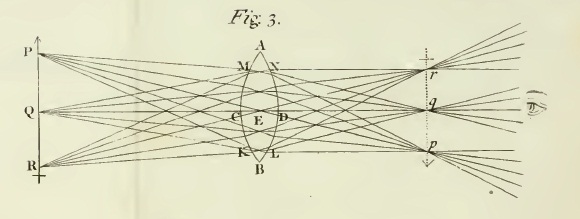
Naomi Kashiwagi with her 78rpm discs and gramophones. Photograph: Howard Barlow for the Observer
Dusty vinyl records, vintage film cameras, rickety typewriters and antiquated recording equipment … these are the creative tools being used by some emerging artists. Pure nostalgia? Or a laudable refusal to escape the speed and sanitised perfection of contemporary digital culture?
Sean O'Hagan The Observer, Sunday 24 April 2011 larger | smaller Article history
With indecent haste, the digital revolution has consigned many of our once-cherished artefacts to the dustbin of history. Though enthusiasts and obsessives have stayed loyal to pre-digital formats, for the rest of us it feels like the vinyl record, the photographic print, the Polaroid camera, the analogue recording studio and the darkroom have been cast aside, rendered all but obsolete by a digitally driven culture that devours all that preceded it. Soon, we are told, the newspaper and the book may share the same fate.
The young artists featured here – a poet who composes on a typewriter, a musician who has built an entirely analogue recording studio, a photographer who shuns digital for manual vintage cameras and an artist who DJs on a gramophone – are all, in their different ways, reacting to digital culture's fast-forward momentum. Are they driven by nostalgia for a past they did not live though and in retreat from a present that makes them uneasy as it makes everything easier?
This is a common reaction. In 1970, sociologist Alvin Toffler coined the phrase "futureshock" to describe a psychological state for those faced with "too much change in too short a period of time". Today, for instance, there is a creeping anxiety about the ways in which the internet is rewiring our brains and, some experts have argued, making us less literate and less able to concentrate for long periods on a single subject. Nowness is everything, reflection seems old fashioned; opinion is dominant; scholarship and expertise seem scarcely to matter.
The work of these artists is born of a dissatisfaction with digital culture's obsession with the new, the next, the instant. It values the hand-made, the detailed and the patiently skilful over the instantly upgradeable and the disposable. In his book The Craftsman, American thinker Richard Sennett warns that we are in danger of losing ourselves if we turn our backs on the learnt skills and craftsmanship that helped give our lives meaning. Instead of constant distraction, he celebrates modes of creativity that involve slowness, attentiveness and contemplation. Today, though, our lives are so taken up with tweeting, blogging, browsing and networking that the time it takes to master a trade or a musical instrument, or read a discursive book like Sennett's, is time many of us think we can no longer afford.
What also unites these four is a willingness to slow down, to run counter to the furious momentum of digitised contemporary culture, its speed and its pursuit of sanitised perfection – of sound, image and format.
In the age of [computerised music producing platform] Pro-Tools, where every miscue, dropped beat and fluffed syllable can be corrected digitally, musician Lewis Durham, perhaps the most obsessive champion of all things analogue, has constructed a recording studio in which a resurrected Elvis would feel at ease. "It's not about the era," insists Durham, "more the quality of the equipment made."
For Durham, and his rockabilly group, Kitty, Daisy & Lewis, though, authenticity is all: the sound of the recording matching the cut of the period clothes, the curve of a vintage guitar, the propulsive thump that only a stand-up bass can produce.
For artist Naomi Kashiwagi, old technologies are simply a means to new and surprising ends. She customises mechanical musical hardware – gramophones, shellac records – then plays them to create live sound that allows for, and thrives on, the accidental: distortion, repetition, amplified crackles, rumbles and echoes. She calls up the ghosts in these old, supposedly obsolete machines, then exorcises them with a gleeful conceptual flourish.
For Daniel Grendon, a photographer who uses vintage film cameras, and Claire Askew, who composes poetry on a typewriter rather than a laptop, the process of creating art seems as important as the end result. Again, it is the hands-on approach that matters, the care and attention needed in both the preparation and execution of a work.
In 1936, philosopher Walter Benjamin published his influential essay "The Work of Art in the Age of Mechanical Reproduction", in which he suggested that a painting possessed a certain "aura" which a photograph or a film did not. The aura was to do with its uniqueness, its originality and, thus, its authenticity. He did not mourn the loss of this aura in art; instead, he mused on what might arrive in its place and what kinds of collective experience might replace the solitary appreciation of a piece. Who knows what he would have made of the digital age in all its dazzling possibility, its endless capacity for distraction as well as its thus far underused capacity for inculcating knowledge rather than disseminating information. However much we resist the digital tide, we're all caught up in its undertow. It is time someone updated Benjamin's essay for the digital age.
To read de entire article: http://www.guardian.co.uk/culture/2011/apr/24/mavericks-defying-digital-age/print

No hay comentarios:
Publicar un comentario